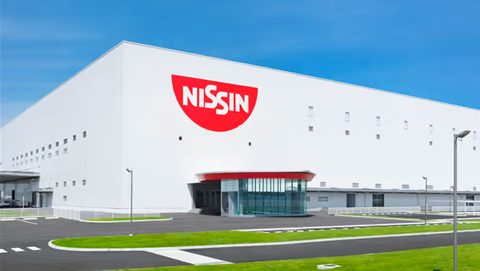Indonesia’s bottle drinking water products producer and distributor PT Sariguna Primatirta Tbk (Tanobel) has modernised applications to improve business processes.
The company replaced its virtualised environment, windows servers, and storage area network (SAN) appliances with a modern, hyperconverged compute and storage solution to support its distributed architecture.
This helped the firm to improve performance, scalability and resilience. The new environment has also substantially reduced downtime, benefiting end users, developers, and operations.
Tanobel’s IT Director, Tanaka Murinata said the on-demand horizontal scalability enabled by Red Hat technology played a crucial part in performance improvement.
He shared the example of the Dremio data lake Tanobel uses for analytics. “Our Dremio deployment is one master pod and three executor pods in OpenShift. It allows us to spread the workload horizontally if we need to scale,”
In contrast, spreading the workload horizontally was impossible in Tanobel’s legacy environment. It would mean creating a new VM, installing the latest operating system, installing the application, configuring environments, and testing before it can be commissioned for production.
Founded in 2003, Tanobel has rapidly expanded its drinking water product line, including brands like Cleo, Anda, Vio, and SuperO2, across Indonesia. It needed to ensure its IT systems were resilient and performing optimally. Engineers need to be able to run critical reports and analytics at speed. For that, they need critical Enterprise Resource Planning (ERP) systems to run and commit data on time and for computing resources to scale when needed.
Murinata noted that their attempt to implement a data lake for reporting and analytics faced performance issues when the required object storage was added to their traditional storage solution, causing the systems to slow significantly.
The team decided to implement Red Hat OpenShift Virtualisation that could help to take advantage of cloud-native application development while preserving existing VM workload investments - all within the same unified platform.
Adopting modern application environment
The company migrated existing Windows and database workloads to the virtualised environment provided by OpenShift Virtualisation before branching out to focus on containerisation.
Murinata said currently the virtualised environment supports a handful of applications that don’t support containerisation and some database instances.
OpenShift Container Platform has also helped Tanobel advance with containers, with 90 percent of workloads now running on OpenShift Container Platform. The container environment supports a Dremio data lake and almost 300 newly developed microservices, including web services and application programming interfaces (APIs), he added.
Tanaka said containerised applications can self-repair without user impact, which quickly spawns new instances if an application goes down. The infrastructure is highly available, ensuring that the loss of nodes or entire clusters doesn’t affect users.
For example, during recent hardware failures with two disk drives, Red Hat OpenShift Data Foundation has prevented data loss and performance issues, allowing for a quick recovery with minimal effort, he added.
Red Hat technology has enhanced code quality and resilience in Tanobel's systems by allowing developers to test applications in the same environment as their development.
This has simplified deployment to a single-click process, unlike the legacy system that required manual synchronisation of test VMs.
Additionally, the CI/CD workflow could provide better transparency in code versions, as developers must deploy code to a Git repository before it goes to the server. This prevents unauthorised changes directly on the server, improving both code and deployment quality.
Tanaka said Tanobel plans to further modernise its applications using Red Hat by developing new microservices and containerised applications on OpenShift Virtualisation.
Their roadmap includes creating a disaster recovery facility and preparing for cloud integration. It aims to create a hybrid environment where cloud and on-premise instances are identical, ensuring a consistent OpenShift experience.









